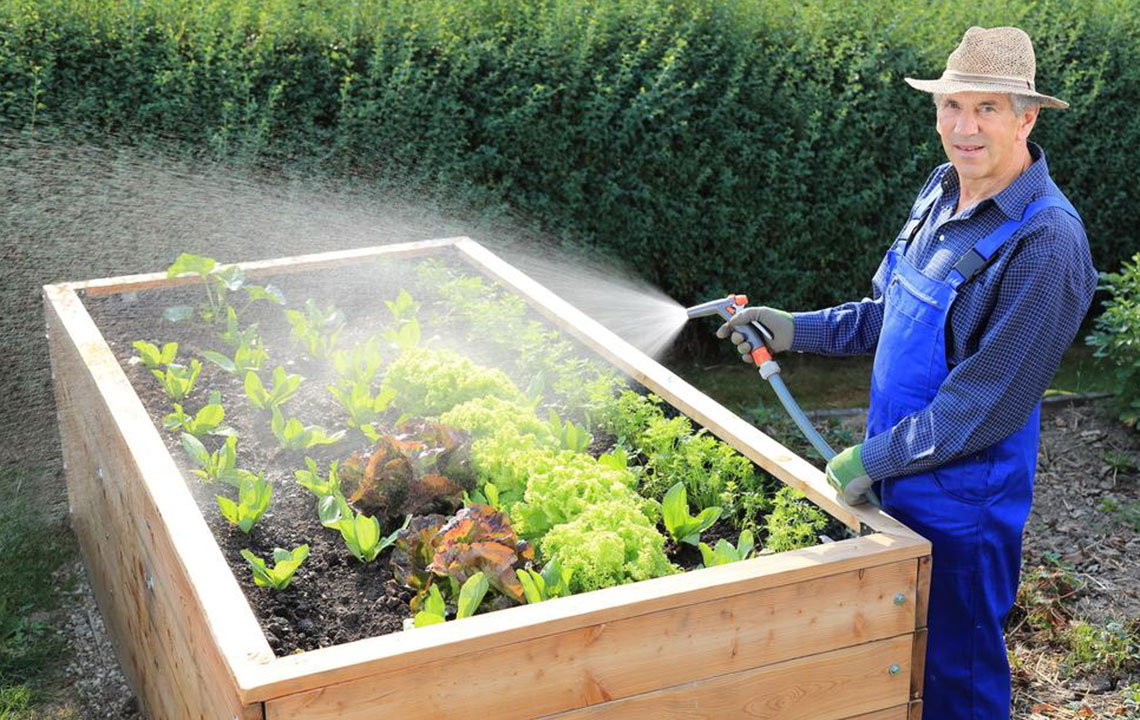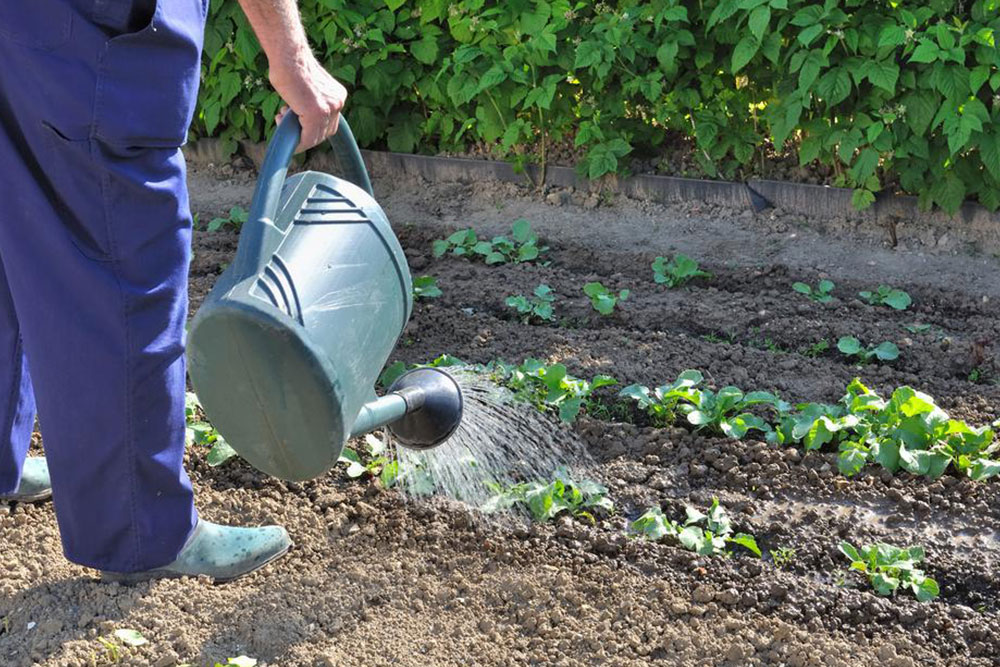Understanding Planting Zones: What You Might Not Know
This article explores the limitations of traditional planting zones, emphasizing the importance of micro-climates, soil conditions, and local weather patterns for successful gardening. It advises gardeners to observe their environment and use plant performance as a guide to adapt zone-based recommendations, ensuring healthier plant growth despite weather variances.

Understanding Planting Zones: What You Might Not Know
Although planting zones and heat zones are valuable tools, they don’t provide the full picture for successful gardening. Factors like humidity, rainfall, and wind can significantly influence plant growth. These maps are based on average temperatures and cannot predict unusual weather events, such as a sudden drop to -10°C during a late fall night. Additionally, hardiness zones do not guarantee that winter temperatures won’t be colder than indicated. Soil quality and micro-climates, like sheltered spots or elevated areas, also play vital roles in plant health and growth.
Micro-climates, small specific weather conditions within a larger area, can vary greatly. Examples include the slopes on a mountain or sheltered areas beside streams, which may be warmer or colder than the general zone. Even within your yard, pockets like a shaded side of your house or a south-facing wall can cause micro-climates. To better understand your local conditions, observe your plants’ performance and take temperature readings in different spots. This will help you identify micro-climates and choose plants that truly thrive in your specific environment, supplementing the information from planting zones.










